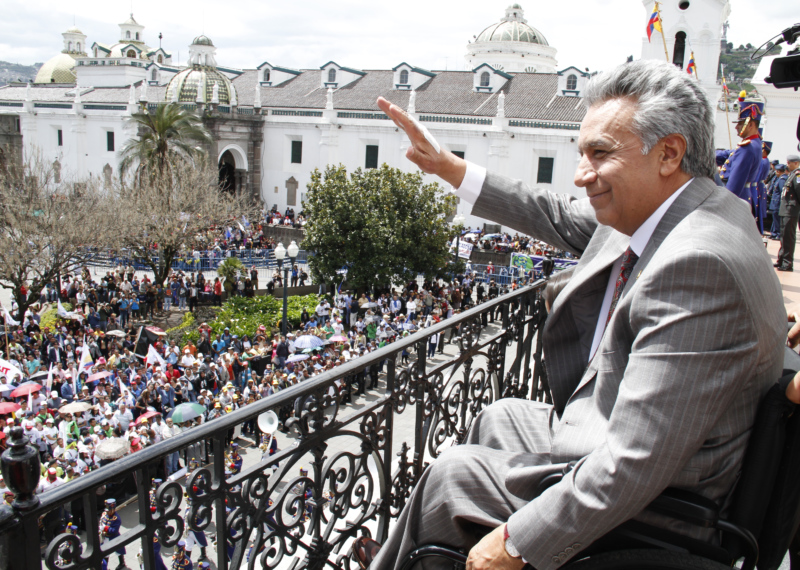A Conversation with the US Ambassadors to the Andean Region
Despite continued tensions among the Andean countries, four U.S. ambassadors painted an encouraging picture of regional stability.
South America’s biggest political surprise recently has come from one of its smallest countries, Ecuador, where President Lenin Moreno has maneuvered to break with his predecessor and a legacy tinged with authoritarianism and corruption.
Narrowly elected in April, Moreno had been vice president and the anointed successor of Rafael Correa, the populist, left-leaning, U.S.-trained economist who governed for a decade and centralized control over government, the economy and the media. Analysts speculated Moreno could be a timid caretaker put in place to allow Correa to skirt term limits and then sweep back into office in 2021—in the mold of Dmitry Medvedev, who served as Russia’s president for a four-year period that was only a nominal pause in Vladimir Putin’s continued hold on power. Some even intimated that he was potentially a fall guy, propped up to either lose a difficult election or to govern through a period of economic downturn while Correa left the spotlight and went to live in Belgium.
Instead, Moreno departed from the script.
Despite continued tensions among the Andean countries, four U.S. ambassadors painted an encouraging picture of regional stability.
At the Inter-American Dialogue, José Miguel Insulza described the events of September 30, in which Ecuadoran police brought the country to a standstill after they rioted and trapped President Rafael Correa in a Quito hospital for several hours.
How will diplomatic relations between Ecuador and the US be affected after the expulsion of US Ambassador Heather Hodges?
 Presidencía de la República del Ecuador
Presidencía de la República del Ecuador